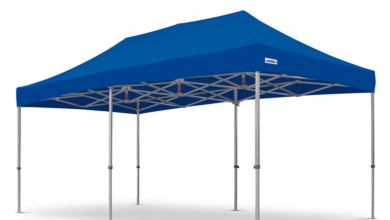
The style of websites that is presented on the internet is referred to as web design. Rather than application development, it generally relates to the UI/UX elements of web design and development. Nowadays, web design companies are mostly focused on creating websites for web browsers; but, since 2010-11, smartphone and tablets browser design has become increasingly significant.
A website designer is responsible for a website’s look, layout, and, in certain circumstances, content. For example, appearance refers to the colors, typeface, and pictures displayed. A web design is simple to use, aesthetically attractive, and appropriate for the website’s target audience and brand. . Because a site that earns and fosters the faith of the target market is the foundation of a web designer’s work, minimizing as many potential causes of user annoyance as feasible is a vital concern.
Responsive and adaptable web designs are two of the most widespread approaches for creating websites that operate effectively on desktop and mobile devices. In responsive design, content shifts dynamically depending on display size; . Maintaining user engagement requires a design as uniform as feasible across devices. Because responsive design may be challenging in this aspect, designers must be cautious about giving up control over how their work appears. While they might have to extend their skill set if they are also in charge of the content, they will benefit from having complete control over the final result.
Adaptive or Responsive Web design
For us as website designers, the variations between responsive and adaptable design emphasize significant possibilities. The choice of insight can enable you to develop and execute your ideas for a better objective, purpose, and outcomes.
As creators, we have to address the varietal bigger screens with the prevalence and diversity of smartphones. This is an issue now facing every web & mobile creator. From the Computer Screen to the Wristwatch, consumers may now obtain internet information in many different ways.
When Should You Use Adaptable design?
Adaptive is handy to upgrade a current site and make it a little more mobile. It lets you tweak the design and build numerous viewports for specialized purposes. You can, though, have some choice (e.g., about content and structure). You will not necessarily use responsive design.
For six resolutions, it’s usual to create.
If you wish to develop an adaptable new website, it’s all right too. Start again with the lowest resolution design and build up. You may then extend the structure for better resolution screen sizes with queries.
The design and development of a place adaptable for different viewpoints might be additional.
When Should You Use Responsive design?
The majority of our new sites now employ responsive, which for less-skilled design professionals has indeed been streamlined, owing to the available templates, such as WordPress, Mambo, and Dru, accessed via CMS systems.
Responsive web design and development does not give as much control as adaptable but requires a great deal less labor to create and maintain.
You design with responsive layouts in mind, and this may, of course, confound and make the process quite complicated. This implies you need to focus on establishing a mid-resolution viewport, and then you may modify media queries to low and high resolution afterward.








